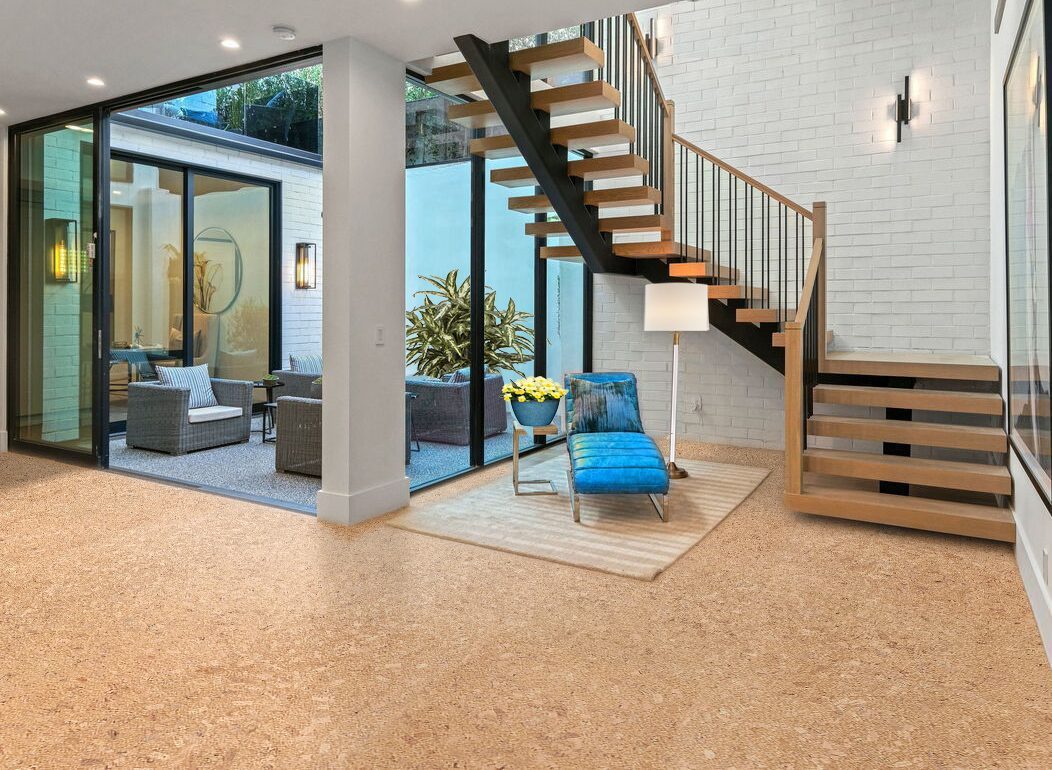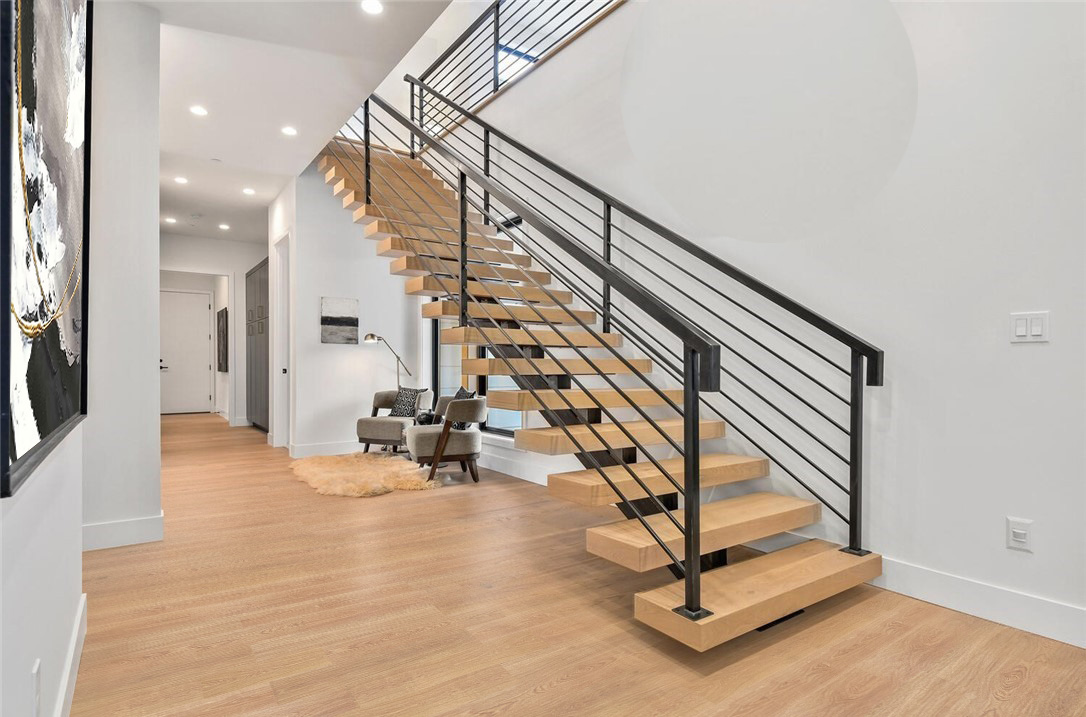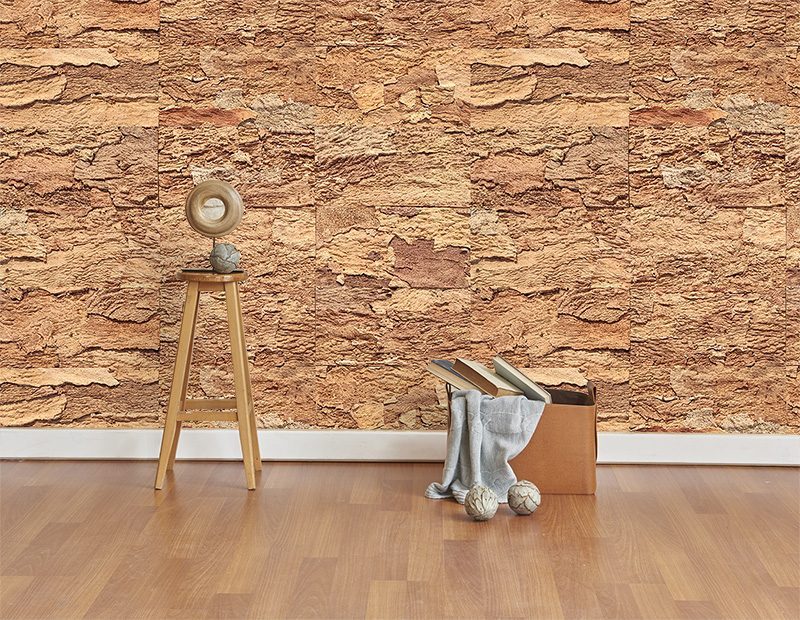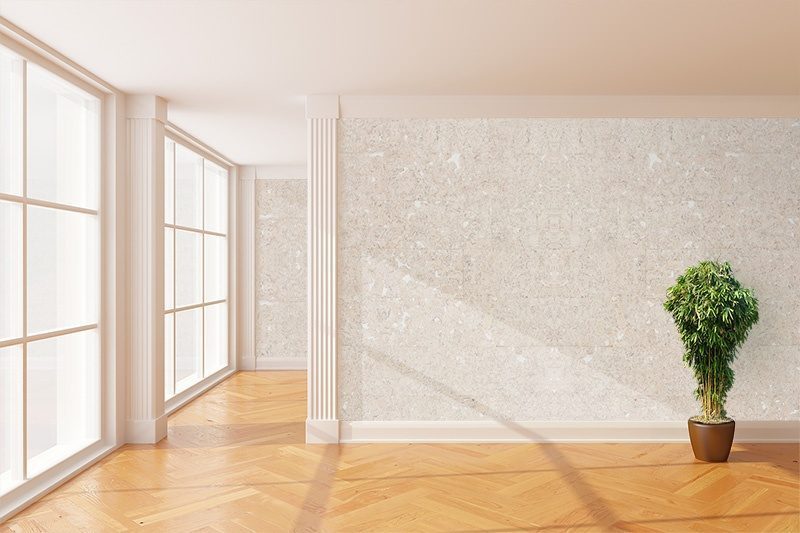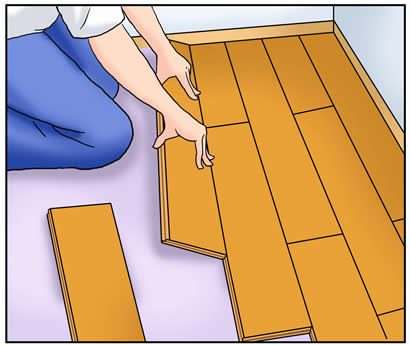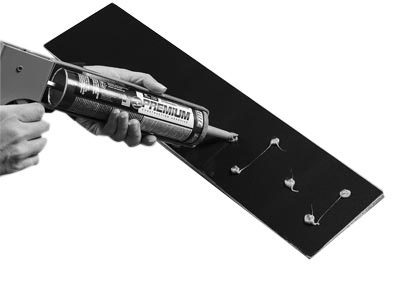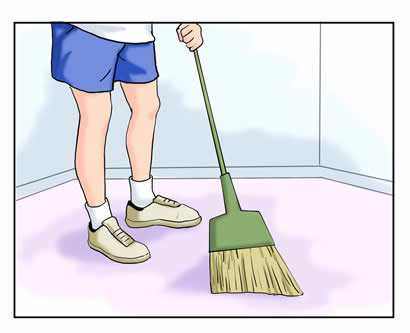History of Cork Flooring – It started with the stoppers
First utilized centuries ago as wine stoppers, cork has developed into a key material in many industries including construction, technology and fashion. With its multiple formats- natural, composition, granulated and rubber/cork- cork’s attributes cannot be found in any other single resource. This raises cork above its many synthetic substitutes; making it an essential element in multiple products.

Cork can be adapted to various product specifications with many of its applications invisible to our eyes. Cork is an all-purpose solution for a vast array of problems:
- Insulation
- Vibration Dampening
- Sound Dampening
- Gasket Seals Flotation Devices
- Load Bearing and Weight Distribution
- Polishing Products
Cork has been chosen by aeronautical engineers, scientists, architects, and fashion designers for use in sporting goods and leisure products because it is the best material for their industries’ unique and demanding application.
Building and Architecture Cork Applications: Due to its ability to simultaneously act as a thermal barrier, a sound insulator and a vibration dampener, cork is often the first choice in the building industry. Cork is noncorrosive, is fire resistant and can bear heavy loads. It is widely used as insulation in roofs, walls, floors and ceilings.

Another of cork’s uses is in expansion or compression joints in concrete structures such as dams and tunnels. It is also used to absorb vibration in buildings with metal structures.
Interior Design Cork Applications : In recent years, architects and designers have rediscovered the beauty of many natural materials in both their raw and finished states. This has led to a wider use of cork with its wide range of tones and textures. The resurgence of natural materials has caused the increased use of cork in decorating spaces as well as insulating them.
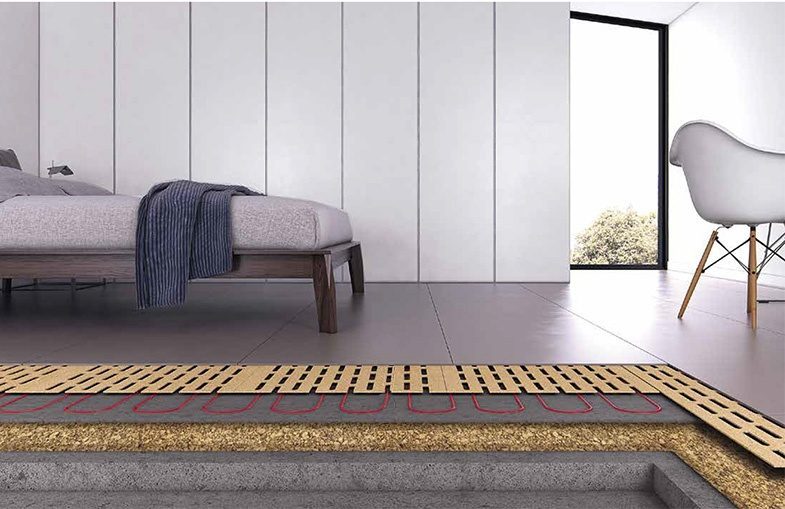
Cork, as a natural product, warms and enriches any interior. It can be used as flooring, as a decorative feature wall or as a decorative ceiling. Cork’s natural beauty has the ability to blend well with any décor.
Highly valued for its aesthetic appeal, cork’s functionality enhances its attractiveness. Cork’s functional nature continues well after installation; it is easy to clean and even easier to maintain. Cork is frequently used as an underlay under hardwood, ceramic and marble floors.
Leisure Activities Cork Applications : Cork has played a healthy, yet sometimes invisible role, in sports and leisure activities. For centuries fishermen have relied upon its buoyancy to keep nets and fishing lines afloat. Dart boards, golf balls, baseballs and shuttlecocks often included cork components; so to golf clubs, table tennis rackets and fireworks..

Due to its attractive graining, cork has been used in the production of gifts and novelties. The infamous office cork board as well as place mats and drink coasters have all been, at one time or another, made out of cork.
Fashion Cork Applications : Cork’s revitalization has lent its fashion talent to yet another generation of highly comfortable footwear. In combination with other products, especially leather, cork has held its own in the fashion industry. It has been involved in the production of handbags, wallets, and travel cases. Its lightweight make-up coupled with its sturdy nature makes cork the ideal travelling companion.
Technology: Although many raw materials have been replaced by man-made substitutes, cork has maintained its foothold in modern industry. Its main consumers continue to be the automobile, electric, aeronautic and structural industries. New uses continue to be found for this incredibly versatile natural resource.
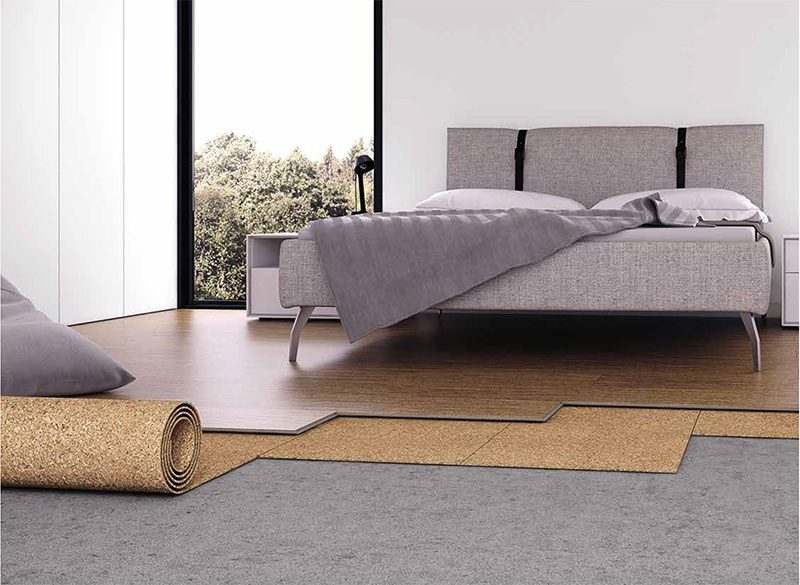
Perhaps the most prominent development for cork has been in the aeronautical industry as part of the protective heat shield in missiles and spacecraft- including the Shuttle program.
Cork also finds itself being used in the tight confines of the plumbing industry. Its lightweight flexibility and its insulating properties make it an ideal choice for insulating pipes. It works well as a retro-fit project because it can be wrapped around existing plumbing with minimal effort. Its most important use in automobile manufacturing comes in the form of cork/rubber gaskets. The two materials combined use cork’s characteristics of compressibility, elasticity and heat resistance together with rubber’s mechanical resistance and stability to form a single component.
Fluid leaks are not specific to the automobile industry. The development of modern liquid transformers means the advantages of the cork/rubber relationship has been taken advantage of in the electrical industry, as well.

Most machinery can cause vibrations. Vibrations, whether they are micro-vibrations or earth ear-splitting eruptions, are damaging in any setting. Cork is being used in high density expanding agglomerate planks in an attempt to limit the damage of vibrations. In this form, cork has been found to be the easiest and most cost effective means to dampen vibrations in machinery. This in turn reduces the mechanical stress as well as the metal fatigue of the machine; thus reducing costs even further by reducing repair costs and prolonging the life of the machinery.


